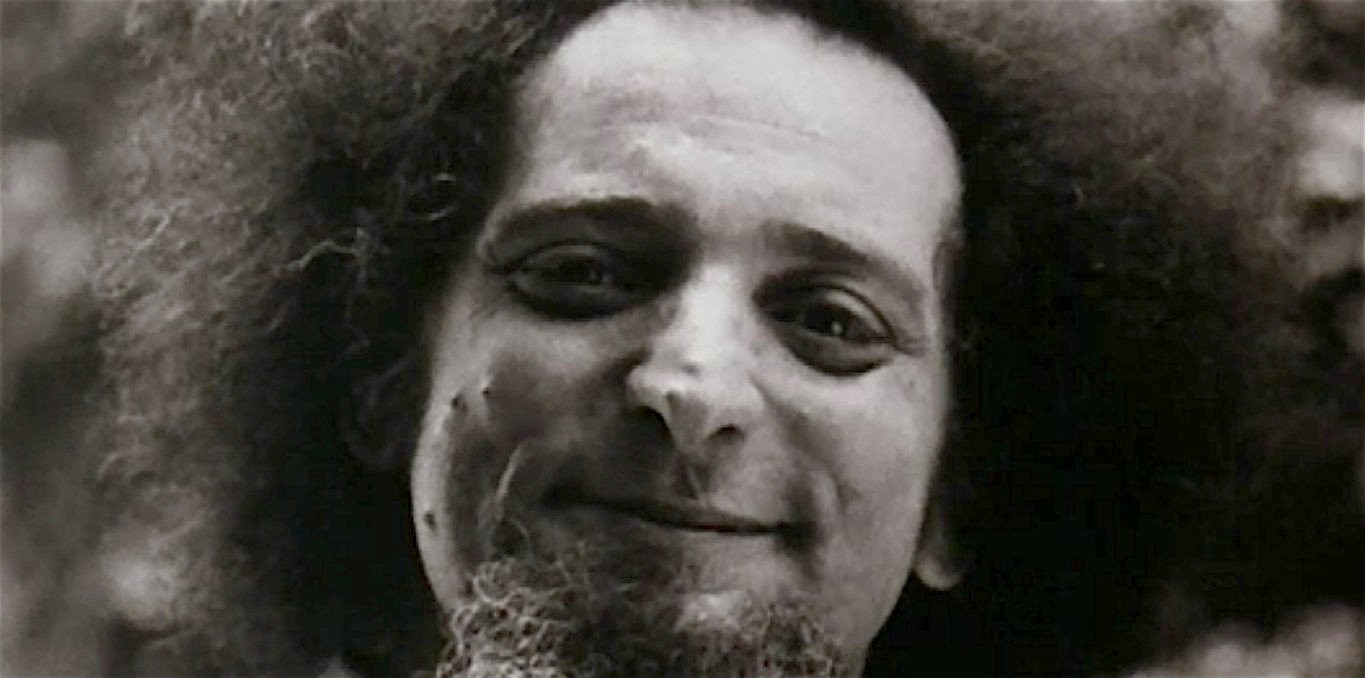Georges Perec

Georges Perec (1936-1982) is one of the major figures of OuLiPo (Ouvroir de Littérature Potentielle): essayist, poet, playwright, "experimenter with language," author of novels in which he multiplies narrative and semantic constraints. His relationship with image are lesser known, however, from 1974 to 1992, Perec wrote, adapted, and directed for the cinema. Borrowing from his own books, he shot a short film, The Places of a Fugue (1978), and The Man Who Sleeps (1974). Upon the release of this film, co-directed with Bernard Queysanne, Perec established the essence of his conception of cinema. In 1979, he co-directed Ellis Island Revisited with Robert Bober. For him, does cinema complete writing or is it another way of telling a story, of unfolding a subject, or the present, or language, or fiction, as he does with writing?
Related to this realisator

The Places of a Fugue
The Places of a Fugue is the only film entirely shot by Georges Perec. It is an autobiographical account of the writer’s experience of running away from his aunt’s house at the age of eleven, an account he wrote about in 1965. It was the 11th of May 1947. He was eleven and two months old. He had just run away from home, 18 rue de l’Assomption, in the 16th district… Using the images of the act...

The Man Who Sleeps
A collaboration between the late writer and filmmaker Bernard Queysanne based on the original text by Georges Perec, duly calibrated by both authors. A common reflection and a very concerted purpose, here, generate an innovative, singular work, out of time. Here is the libretto - for the film is constructed like a musical score, in several movements: a student questions his activities and proje...

The Places of a Fugue
The Places of a Fugue is the only film entirely shot by Georges Perec. It is an autobiographical account of the writer’s experience of running away from his aunt’s house at the age of eleven, an account he wrote about in 1965. It was the 11th of May 1947. He was eleven and two months old. He had just run away from home, 18 rue de l’Assomption, in the 16th district… Using the images of the act...

The Man Who Sleeps
A collaboration between the late writer and filmmaker Bernard Queysanne based on the original text by Georges Perec, duly calibrated by both authors. A common reflection and a very concerted purpose, here, generate an innovative, singular work, out of time. Here is the libretto - for the film is constructed like a musical score, in several movements: a student questions his activities and proje...
